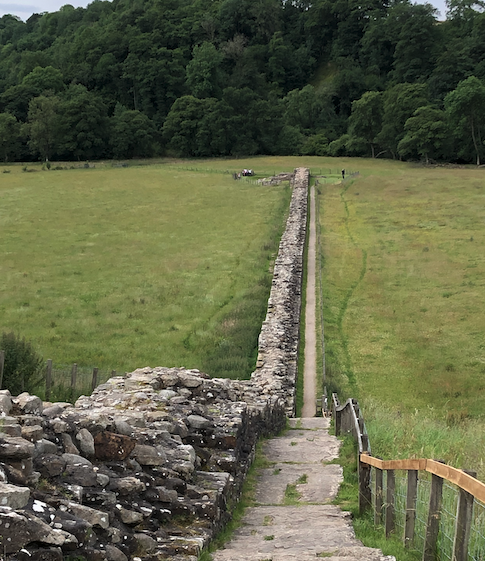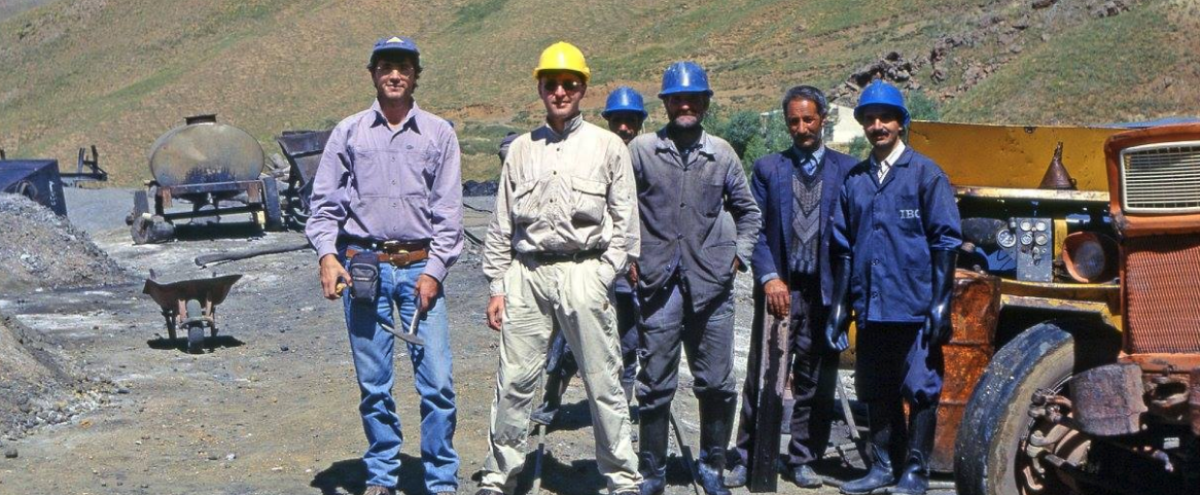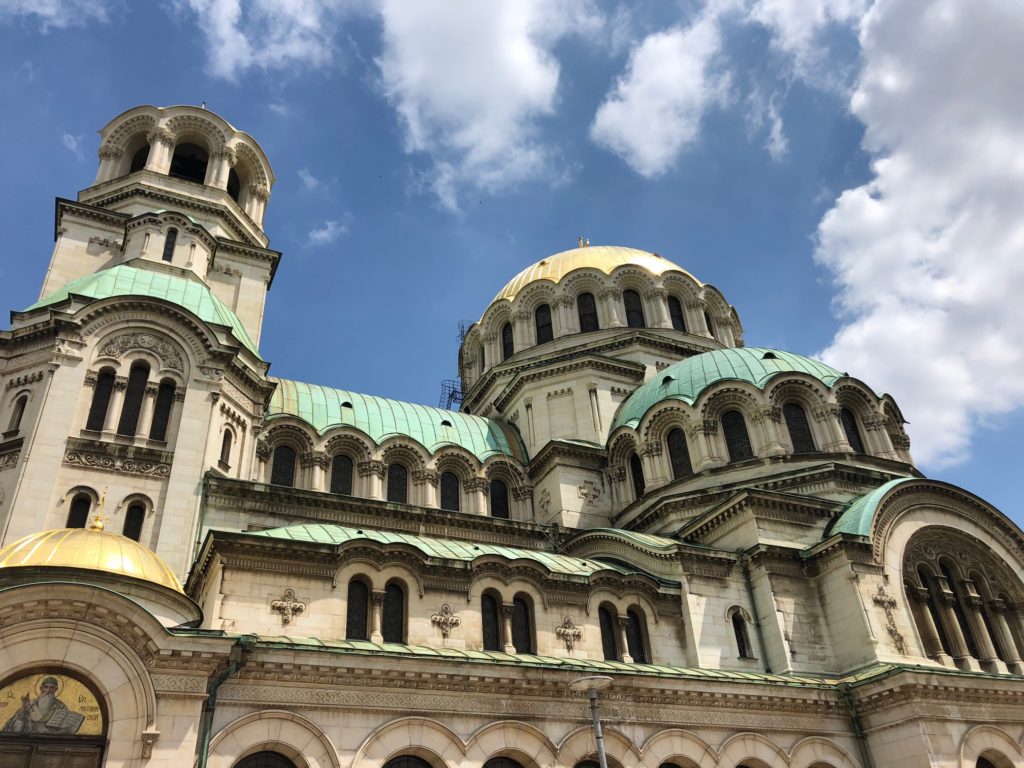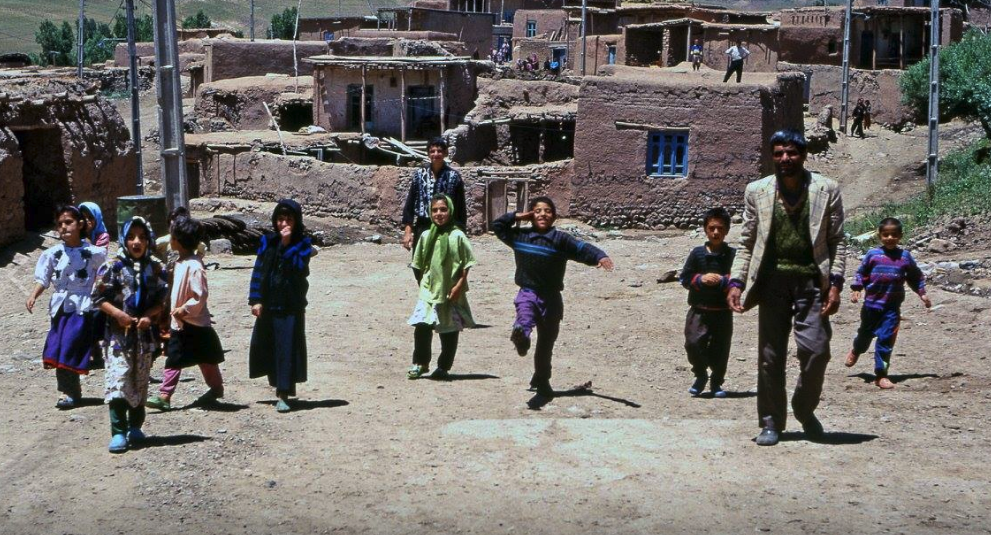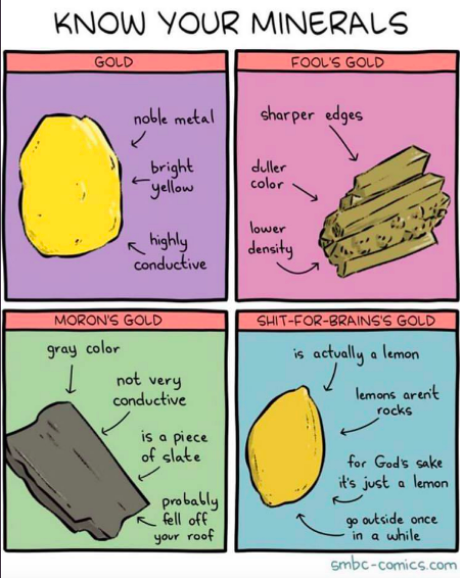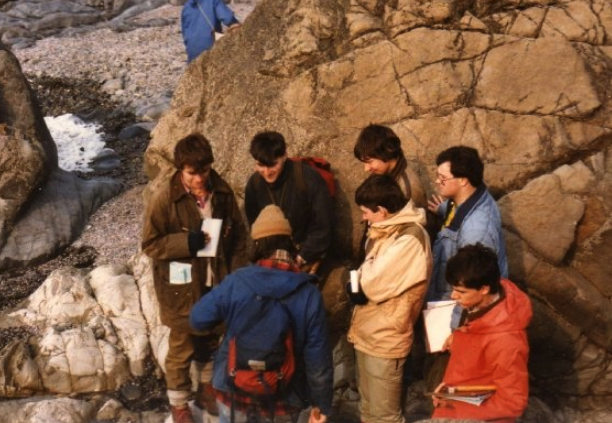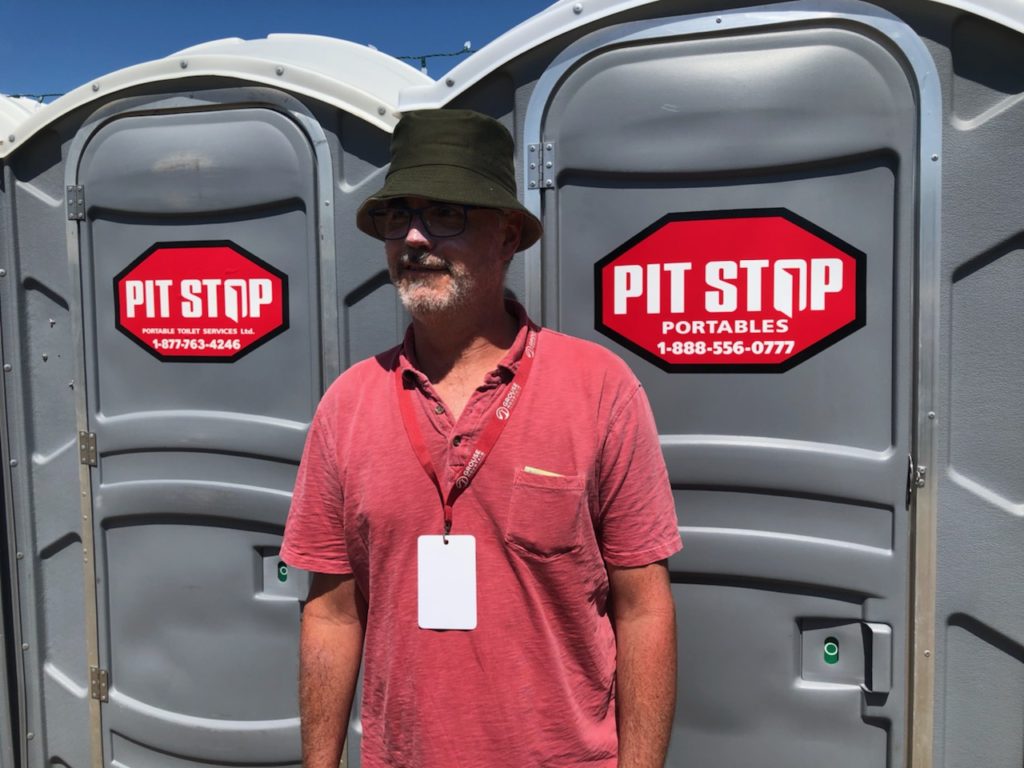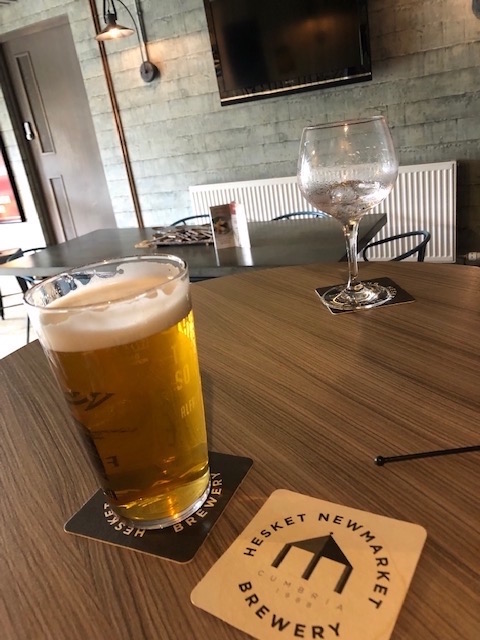A Walk Along The Edge Of The Roman Empire
Two thousand years before Donald Trump’s underfunded (and, as yet, fruitless) efforts at walling in the US, the Romans were busy building walls on the outlying borders of their vast empire. In Scotland, they built the Antonine wall in AD142. It was a 63km long earth bank cutting east to west across the country at its narrowest point. And in today’s modern Germany, you can still see remnants of the Limes Germanicus, a partly-fortified frontier that used a combination of natural obstacles and wooden palisade to guard the northern border of the Empire from the dastardly unconquered Germanic tribes.
But Hadrian’s wall in northern England is probably the best known. It stretches for over 70 miles across hill and valley from the east coast of England, at Wallsend in the outskirts of modern day Newcastle, to Bowness on Solway on the west coast. Bowness is an isolated but attractive little village that’s periodically cut off from the rest of the country by high tides on the Solway Firth.
